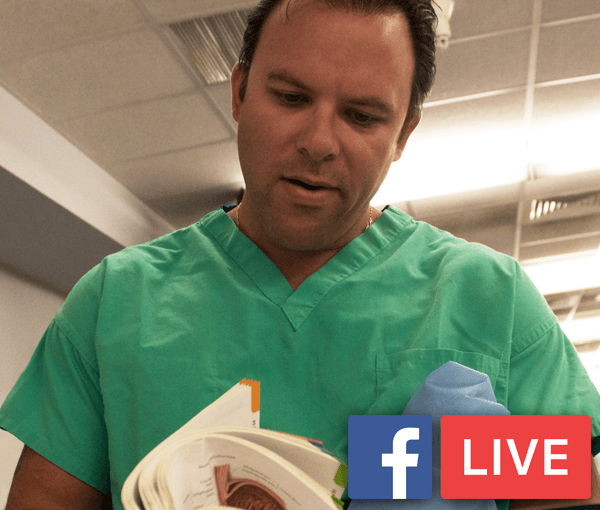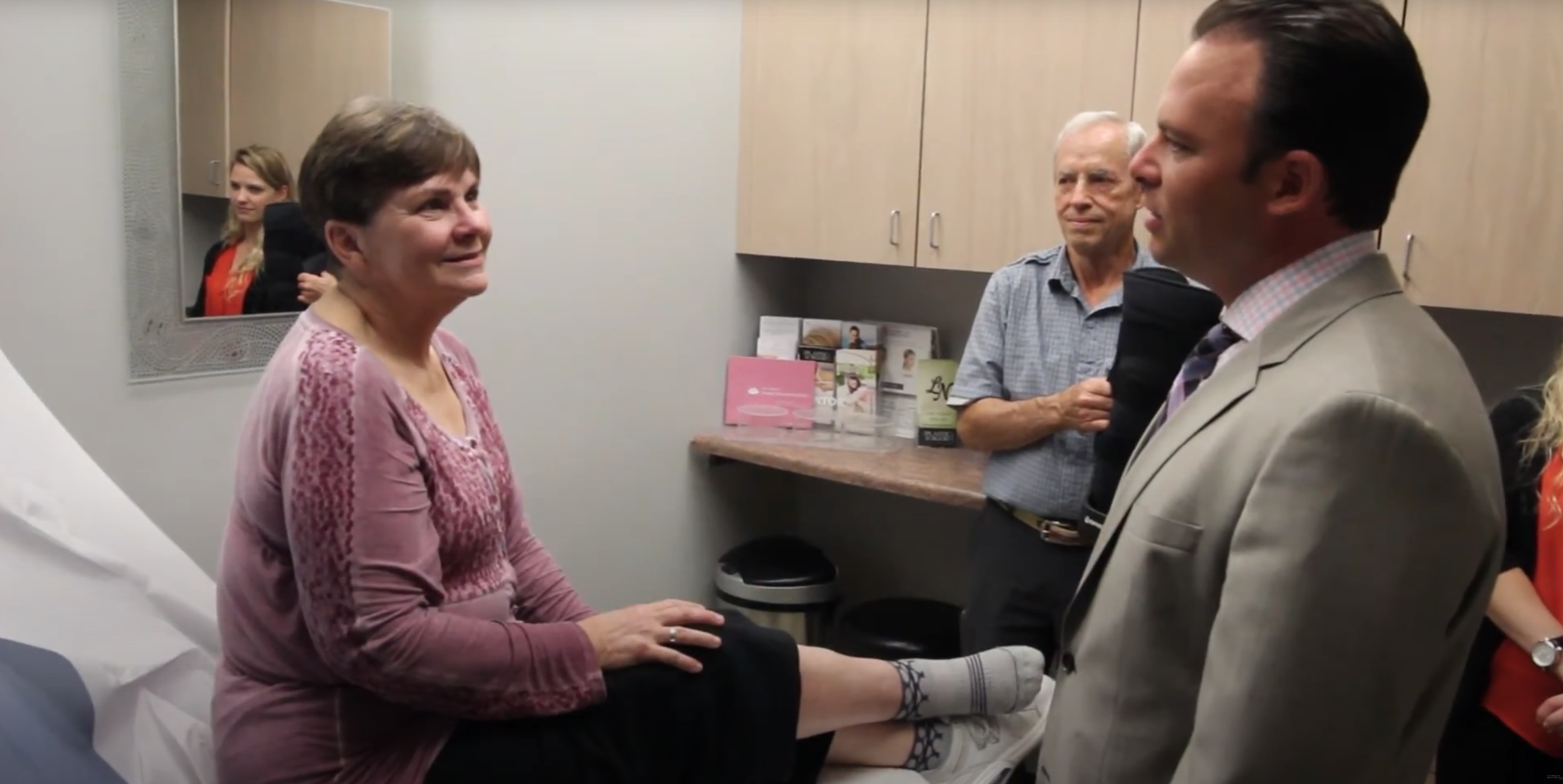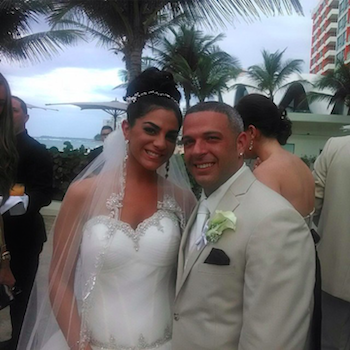What is Free Periosteal Core Decompression?
Avascular necrosis can be treated in three main ways: core decompression, free tissue transfer, and hip replacement. Treatment choices are dependent on many different factors, including the patient's age, any other diseases the patient has, and the cause and stage of the AVN.
Hip replacement is probably the most common treatment for AVN. In this surgery, the entire hip is removed and replaced by plastic and metal parts. While a great option for some patients, it’s not best for everyone. Avid athletes will have trouble returning to their pre-injury level. Young people will likely need another hip replacement in the future since the parts wear out. With hip replacement surgery, there is always the potential for infection or the parts being recalled.
Core decompression (CD) is reserved for the earlier stage, pre-collapse AVN and involves drilling a hole into the bone and removing the dead bone. Drilling the hole also eases the pressure inside the bone and can lead to an increase in blood supply. The hole used is small, so there is little chance of the hip breaking, and the patient is able to bear weight 6 weeks after surgery. The major issue with CD is that the results are variable. Most people that get CD progress to needing a hip replacement.
Free tissue transfer is another option for the treatment of AVN. This involves drilling a large hole in the bone, removing the dead bone, and then placing a new bone in the hole. The blood supply to the new bone is then re-established under a microscope. Traditionally the free vascularized fibula graft (FVFG) has been used. The fibula is the smaller bone in the lower leg. The biggest issue with using the fibula is that the patient cannot bear weight on the leg for 3-6 months, and it may take 1 full year to recover completely. This is because the hole created to fit the fibula in the hip bone is so large that there is a chance the hip can break. Thus, the patient must wait until the bone is completely healed in order to walk.
Free periosteal core decompression combines core decompression with free tissue transfer. First, the patient undergoes a traditional core decompression with a hole drilled into the bone and the dead bone removed. After that is done, a periosteal flap, which is the lining of the bone, is placed into the hole created by the core decompression. The blood supply is then re-established under a microscope. This flap is much smaller than a fibula flap, is easier to harvest, and has almost no risk of side effects. Since the flap fits in the hole created by the core decompression, the patient can bear weight for 6 weeks. It has similar benefits to the fibula flap with none of the downsides. It’s really the best of both worlds.
To see if you are a candidate for the avascular necrosis program at the Institute for Advanced Reconstruction, please fill out the patient appointment request form.




